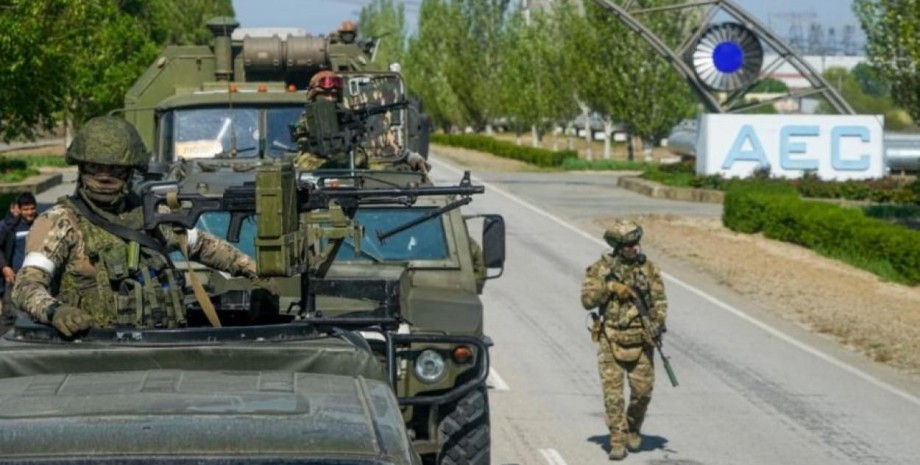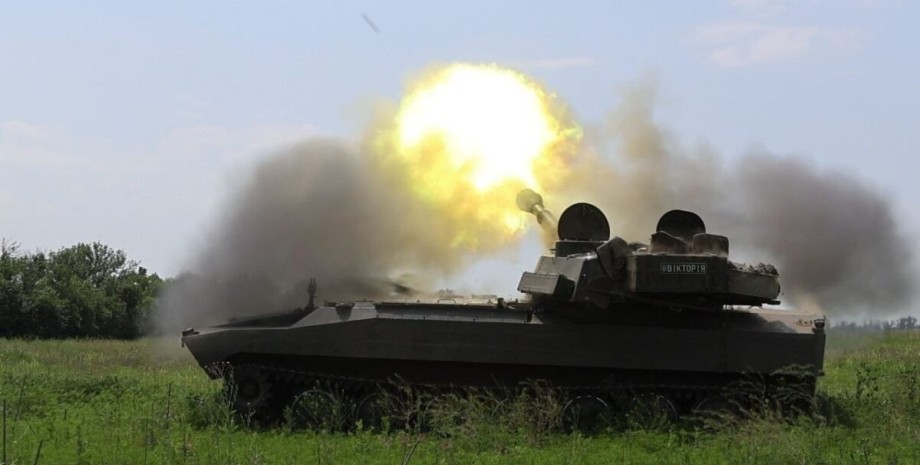
Most of the military space technology is classified, so finding out what Pentagon will look like "offensive operation" in space - it is impossible.
Is it envisaged to block satellite signals, or the physical destruction of satellites, carriers and other enemy equipment? However, it is known that space forces are already preparing satellite operators for possible attacks, remembering that Russia and China have previously demonstrated the work of their own systems that interfered with peaceful space operations. The Pentagon concluded what these two countries are ready to go. According to ArmsControl.
org, Russia in 2021 knocked satellites, destroying them physically. China proved its ability to capture and tow space ships with SJ 21 satellite, which recently brought out a non -working Chinese satellite from a geostationary orbit. "We have to stop controversy about whether space is a combat theater. We need to think about how we can win in such a conflict," Major General David Miller said, director of the US Space Command for Operations, Training and Development.
The US military is closely monitoring the behavior of Russia and China with satellites of outer space - GSSAP (geosynchronous space awareness program). These satellites move geostationary orbit and track all activities in space. Particular attention is paid to satellite communication, which is critical for US leadership and other union countries, and can be China's goal in the future. Russia's invasion of Ukraine demonstrated the importance of satellite communication during the war.
SpaceX Starlink helped the Armed Forces to attack Russian troops. Ilona Maska has sent thousands of satellite Internet terminals to Ukraine within a few months after Russia's invasion, Pentagon recently confirmed that the United States would buy even more terminals for Ukraine. If a war with China occurs, the US will probably need a network of bases located on small islands in the Pacific. In such circumstances, it is very inconvenient to establish logistics and perform other tasks.
To be prepared for such a scenario, the US Air Force is working with Boeing over drones, artificial intelligence and supplemented reality based on 5G. All these technologies will help accelerate and simplify the main maintenance tasks. On the basis of Pearl-Khik, in Hawaii, members of the 15th Air Force maintenance have tested a new way of performing maintenance tasks, using autonomous drones for routine aircraft inspections, searching corrosion, damaged rivets and other damage.
The use of UAVs has helped to significantly reduce the time and complexity of checks, reports defenseone. com. Reductors can significantly shorten time and simplify the inspection process, because checking only the tail part of the C-17 takes 6 hours, said Scott Belender, who works in the Boeing Global Services support service.
"You have to collect staff, instruct it on safety, drive up lifts, put on safety belts, get helmets, check that all the lifts you need are working, if not, find a replacement . . . this is a long -term process," he commented, hint that all this takes a lot of time that could be saved. Boeing is experimenting with the so -called autonomous aircraft inspection.
During the tests, it was found that a drone flying around Aviasudna finds problematic places quickly with the help of AI and image recognition function, and then binds to the staff to check the results. As a result, the inspection lasts 30 minutes. "You can simply enter the onboard number of the aircraft, click anywhere in the 3D model of this aircraft and see the story of inspections of the very part you pressed on. You can be on another continent," Alley Locher explained Manager in Boeing.
Engineers have found out that a drone that works "paired" with people is more accurate than people-inspectors. The system of autonomous aircraft inspection has demonstrated accuracy of 70%, while checking with assistance only people have an accuracy of 50%. And Boeing believes that the accuracy of the system will improve over time, as maintenance professionals will use it more often and mark more data.
In a separate Boeing experimental program for using 5G for maintenance tasks, which is named Atom, the headset of virtual reality Microsoft Hololens is used to give repair teams visual tips to solve problems and enable other experienced professionals to see what they see what they see. technician.




















Všetky práva vyhradené IN-Ukraine.info - 2022